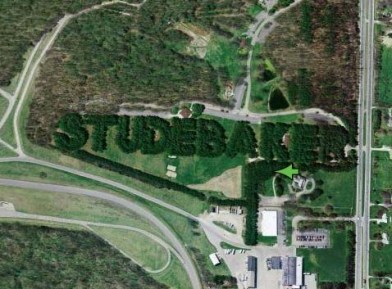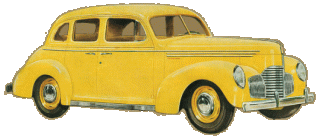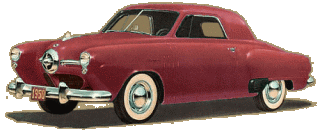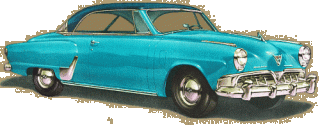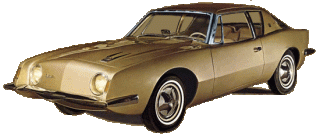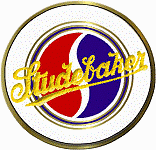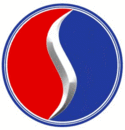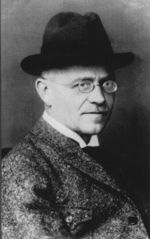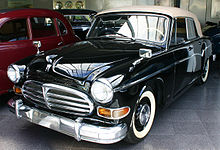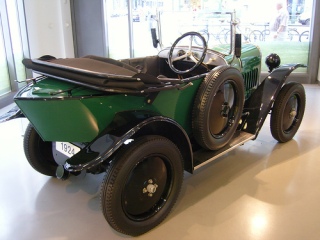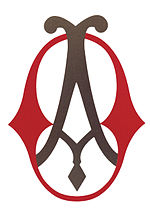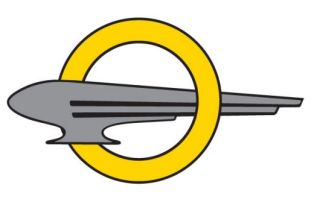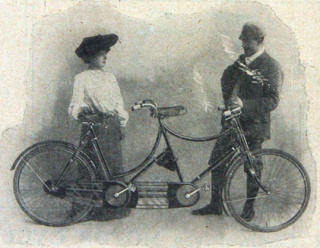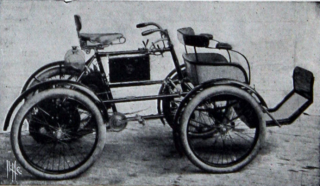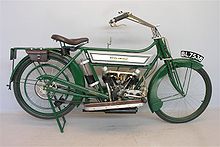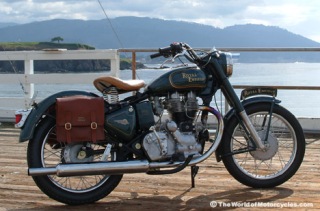The history of Studebakers can be traced back to the 1700s when three German brothers emigrated to the US. John Studebaker (1799 – 1877), son of one of the Studebaker brothers was involved in the business of blacksmith and metal working. He ran his business on the philosophy “always give more than you promise” and in the process ran in to debt.
John Studebaker had five sons (pictured above) – Henry (1826-1895) , Clement (1831-1901) , John Mohler (1833-1917), Peter Everst (1836-1897), Jacob Franklin (1844-1887) and were the pioneers of Studebaker Corporation as we know today.
In 1858 , Henry Studebaker and Clement Studebaker formed the company H and C Studebaker to manufacture wagon components and later on wagons. John Mohler Studebaker was in the business of making wheel barrows and parts.
In 1868 , John Mohler joined the wagon making business and Studebaker Brothers Manufacturing Company was formed. Studebaker became largest and finest manufacturer of horse-drawn wagons.
A Studebaker Wagon –
Studebaker flourished in the wagon business aided by war and supplies to the war machinery.
In 1891 , Frederick Fish , son-in-law of John Mohler joined the business and was urging the Studebaker brothers to move towards horseless carriages. In 1897 , Studebaker Automobiles was created to manufacture and sell horseless carriages. As the Studebakers considered gasoline and steam engines as noisy, they decided to manufacture electric automobiles. In 1902 , Studebaker introduced the first electric automobile. The second electric automobile was purchased by Thomas Edison –
Frederick Fish continued to look for opportunities to enter the gasoline automobile and, in 1904, entered in to agreement with Garford Automobile company to supply engines and Chassis on which Studebaker will build the carriage and sell it through their distribution network. These cars were known as Studebaker-Garford –
Garford company could not keep up with the demand and coupled with labour problems were unable meet the requirements of Studebaker. Frederick Fish was looking for an alternative and in 1909 entered in to an agreement with E-M-F company to supply engines and chassis to Studebaker. Garford was discontinued. A Studebaker-EMF car –
E-M-F cars were notoriously unreliable and was known to have major mechanical problems in transmission and clutch and was jokingly known as “Every Morning Fix-it”. E-M-F company also ran in to financial problems and it gave an opportunity for Studebaker to acquire the company . In 1911 , Studebaker Automobiles acquired E-M-F Company and renamed as Studebaker Corporation and then on all cars were branded as Studebaker. After that Studebaker sent out mechanics to all owner’s of Studebaker-EMF 20 cars and replaced defective parts , probably the first recall.
Studebaker was one of the major suppliers of automobiles and military equipment during the WWI.
In 1937 , Studebaker corporation planted 5000 pine trees in their factory in such a shape to spell the company name. Even today these tress can be seen from satellite pictures. Link to Studebaker trees.
Some of the famous an well known Studebaker Automobiles –
1927 Studebaker Erskine
1939 Studebaker Champion
1950 Studebaker “Bullet Nose”
1953 Studebaker Starliner
1963 Studebaker Avanti
In 1954 Studebaker was acquired by Packard Corporation and in 1956 , the company was renamed as Studebaker-Packard Corporation. In spite of this the company was losing money in view competition from Ford and General Motors. In 1962, the Packard name was dropped and reverted back to the earlier name Studebaker Corporation.
Studebaker corporation could not keep up with the competition and finally was closed in 1966.
The evolution of the Studebaker logo over the years –






